Lesson Progress
0% Complete
Communication Process and Models
Basic Communication Process:
The communication process is a fundamental concept that underpins all forms of communication. It involves a series of steps that include the following elements:
- Sender: The individual or entity who originates the message. The sender is responsible for encoding the message in a way that can be understood by the receiver.
- Example: In a corporate setting, a project manager drafting a memo to the team about upcoming deadlines is the sender.
- Message: The content or information being conveyed. The message should be clear, relevant, and appropriately structured for the intended audience.
- Example: The content of the memo detailing the project deadlines and expectations.
- Medium: The channel or method used to deliver the message. This can include verbal, written, or digital means.
- Example: The memo is distributed via email, a written medium, to ensure all team members receive the information.
- Receiver: The individual or group who receives and interprets the message. The effectiveness of communication often depends on the receiver’s understanding.
- Example: The team members who read the email memo and need to act on the deadlines.
- Feedback: The response from the receiver back to the sender. Feedback helps the sender gauge the effectiveness of the message and make adjustments if necessary.
- Example: Team members might reply to the email with questions or acknowledgments, providing feedback on their understanding.
Communication Models:
- Shannon-Weaver Model:
- This model is a linear framework that emphasizes the transmission of information. It includes:
- Information Source: The originator of the message.
- Transmitter: The encoder who converts the message into signals.
- Channel: The medium through which the signals are sent.
- Receiver: The decoder who converts the signals back into the message.
- Destination: The intended recipient of the message.
- Example: When sending an email, you compose (Information Source), encode it as text (Transmitter), send it via email (Channel), the recipient reads it (Receiver), and they receive the intended information (Destination).
- This model is a linear framework that emphasizes the transmission of information. It includes:
- Berlo’s SMCR Model:
- Berlo’s model focuses on the components of communication:
- Source: The person or organization originating the message.
- Message: The actual content being communicated.
- Channel: The medium through which the message is sent.
- Receiver: The individual or audience who interprets the message.
- Example: During a business presentation, the speaker (Source) delivers a report (Message) using a PowerPoint slide deck (Channel) to the audience (Receiver). Analyzing each component helps refine the communication process.
- Berlo’s model focuses on the components of communication:
Barriers to Effective Communication
Common Barriers:
- Noise: Any form of interference that distorts or disrupts communication. This can be physical noise (such as background sounds) or psychological noise (such as preconceived notions or emotional states).
- Example: A loud construction site near your office can be a physical noise barrier during a conference call.
- Misunderstandings: Occur when the receiver interprets the message differently from what the sender intended. Misunderstandings can arise from ambiguous language, cultural differences, or lack of context.
- Example: Using technical jargon in a meeting with non-technical staff may lead to misunderstandings about the project’s requirements.
- Lack of Feedback: Without feedback, the sender cannot confirm whether the message was received and understood as intended. Feedback is essential for effective communication.
- Example: If no one responds to a query sent via email, you might be uncertain if the message was received and understood.
Overcoming Barriers:
- Clarify Messages: Ensure that messages are clear, concise, and free of jargon. Use simple language and examples where necessary.
- Example: If you’re explaining a new software feature to a non-technical audience, avoid technical terms and use analogies to make the explanation more accessible.
- Seek Feedback: Encourage the receiver to provide feedback to confirm their understanding. This can be done through questions or follow-up discussions.
- Example: After a team meeting, ask for feedback to ensure that all team members understood the project updates and have an opportunity to ask questions.
- Choose the Right Medium: Select an appropriate medium for the message’s complexity and importance. Consider the audience and context when choosing between email, phone, or face-to-face communication.
- Example: For a detailed project update, a written report might be more effective than a brief email.
Enhancing Listening Skills
Active Listening Techniques:
- Paraphrasing: Restate what the speaker has said in your own words to confirm understanding. This helps clarify any ambiguities and shows that you are engaged.
- Example: If a client expresses concerns about project delays, you might paraphrase, “So, you’re worried that the delays might impact the overall project timeline?”
- Summarizing: Provide a brief summary of the main points of the speaker’s message. This reinforces key information and helps both parties stay on the same page.
- Example: At the end of a discussion, summarize by saying, “To recap, we’ve agreed on the new deadlines and the additional resources needed.”
Tools:
- Reflective Listening Worksheet: This tool helps track key points and responses during conversations. It aids in practicing active listening and ensures that important information is captured and addressed.

Responses